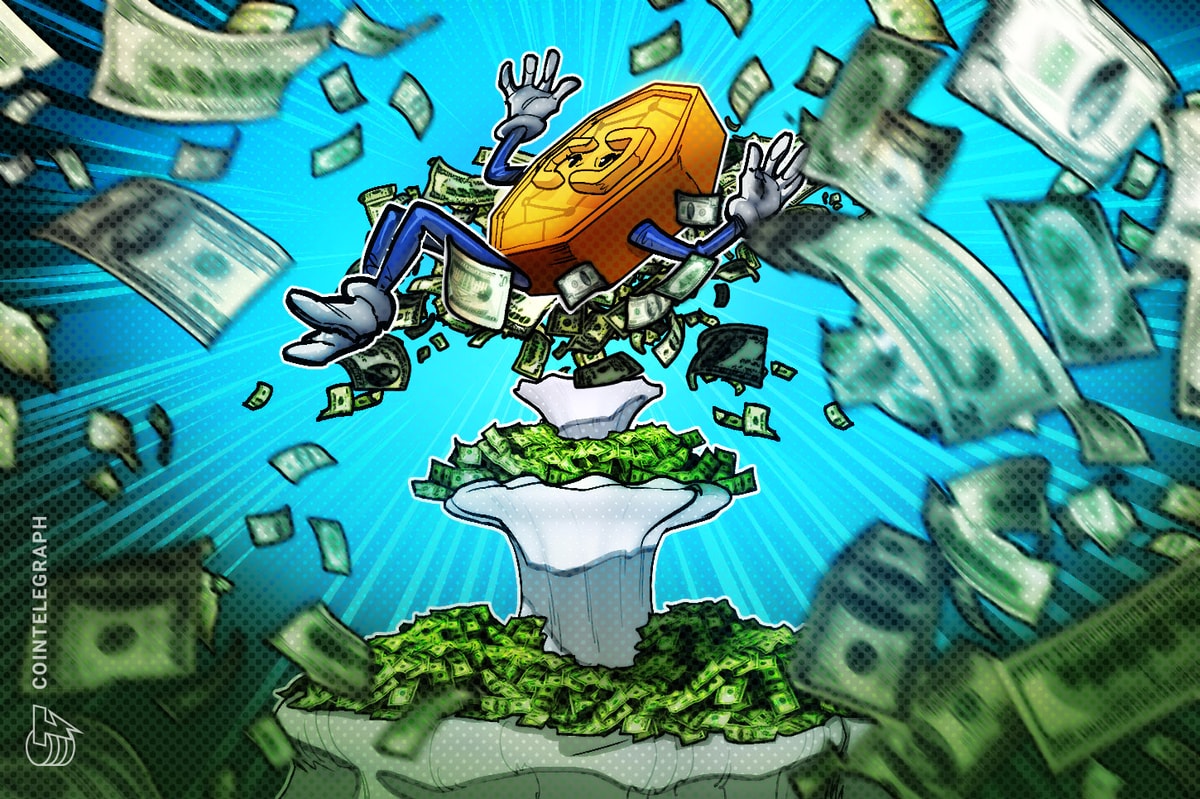Tether, the operator of the world’s largest stablecoin, the eponymous Tether (USDT), has minted another billion USDT, which is “authorized but not issued,” according to CEO Paolo Ardoino.
Blockchain tracking platform Whale Alert took to X (formerly Twitter) on Dec. 25 to alert users that Tether Treasury had minted 1 billion USDT ($1 billion).
Tether CEO Ardoino subsequently responded with a public service announcement in the Whale Alert’s X thread, stating that the transaction was an “inventory replenish” on the Ethereum blockchain.
“Note this is an authorized but not issued transaction, meaning that this amount will be used as inventory for next period issuance requests and chain swaps,” Ardoino stated.
In traditional finance, inventory replenishment is the process of ordering stock from suppliers in time to meet customer demand and avoid stock shortages without stockpiling surplus inventory. In Tether’s terms, inventory replenishment is the process of creating new USDT that are stored in Tether’s treasury inventory as “authorized but not issued” USDT.
“These tokens are not part of the total market capitalization of USDT, as they have not been issued or released into circulation yet,” Tether’s FAQ reads.
According to data from the Tether Transparency page, $925 million in USDT is “authorized but not issued” on Ethereum as of Dec. 26, 2023.

Ardoino’s latest PSA echoes the language of a previous 1 billion USDT mint in September 2023, when Whale Alert flagged a similar transaction. On that occasion, Ardoino also said that the USDT transaction was an authorization and not an actual issuance, with the allocated amount set to serve as inventory for upcoming issuance requests and chain swaps on the Tron network.
Some online industry watchers have expressed skepticism about Ardoino’s latest PSA and the lack of transparency associated with Tether’s authorized but not issued transactions.
“It would be interesting to examine the document or agreement and learn more about the individuals responsible for this Christmas miracle of creating 1 billion USDTs of thin air,” one commenter wrote, asking whether Ardoino is one of the individuals responsible for such decisions.
Some skeptics also argued that the latest USDT mint will likely be used to increase the price of Bitcoin (BTC), as some industry observers have linked Tether’s USDT minting to BTC price pumping.
“Say it directly you minted it to pump BTC,” one commenter responded in the thread.
Related: Stablecoin laws: 25 countries had legislation in place in 2023
Tether has posted significant growth over the past year, with its market capitalization hitting new all-time highs through 2023. Since January, Tether’s market value has increased by nearly 38%, surging from $66 billion to $91 billion, according to data from CoinGecko. At the time of writing, Bitcoin is trading at $42,760, down about 2% over the past 24 hours.

In November 2023, Tether attributed USDT’s growth to two main reasons, with one being the continued market excitement around the possible approval of a spot Bitcoin exchange-traded fund. The firm has been actively moving into Bitcoin-related activity this year, disclosing plans to start buying Bitcoin to manage its reserves and launching multiple BTC mining operations.
A spokesperson for Tether didn’t immediately respond to Cointelegraph’s request to comment.











